 There are still fires burning in beautiful Oregon and 5 million acres in the West have been incinerated. My house is no longer in an evacuation zone for which I’m grateful. However, the air is still hazardous and I’d really just like to step outside. Hoping it’s sometime soon.
There are still fires burning in beautiful Oregon and 5 million acres in the West have been incinerated. My house is no longer in an evacuation zone for which I’m grateful. However, the air is still hazardous and I’d really just like to step outside. Hoping it’s sometime soon.
One technique that all writers need to master is purposefully using mood in storytelling. I consider mood part vibe, part setting, and part reader torture method. Did I say torture? I mean making readers feel what the writer needs him or him to feel. Giving readers profound emotional experiences.
Examples are Gothic, dark, spooky, idyllic, brooding, madcap, funny, mysterious, nail-biting, light hearted, rollicking, melancholy. It’s crucially connected to the genre, setting, and tension in your story. Tension readers can feel.
At the same time, the mood in your novel or short story needs to vary. If every moment is ominous or terrifying or sweet or giggly readers will weary. Stories need pauses for readers to set the book down or experience a ratcheting down of tension. Because again, relentless stories can be hard to endure.
Here’s a trick to optimize mood and connect it to structure. At the end of the Act 2 the Dark Night of the Soul moment occurs. It’s a critical turning point or plot point, also called All is Lost because hopelessness and despair can permeate. Often a protagonist’s options have run out or all means of escape are closed off. Sometimes the protagonist realizes that he or she has royally screwed up. Or has been blindsided or feels heartbreaking regrets. It’s the emotional reckoning of the events and mistakes that have come before. It typically involves the protagonist hitting bottom. And the protagonist realizes the truth of his or her dire situation.
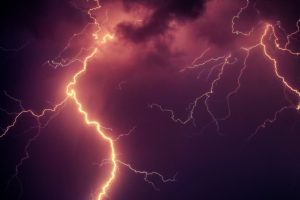 This is the time to heighten the mood with details, sounds, smells–whatever you need to make the scene potent. This is the time to capitalize on setting.
This is the time to heighten the mood with details, sounds, smells–whatever you need to make the scene potent. This is the time to capitalize on setting.
Think dark alleys, vast, echoing parking structures, lonely churchyards, empty streets, graveyards. Or maybe you want to use claustrophobic gatherings or a carnival or drunken crowd. Just plan for the protagonist’s immense feelings of isolation and desolation. And, of course, dark and stormy nights.
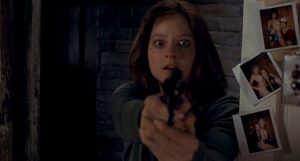 As when Agent Starling encounters Buffalo Bill and his dungeon of horrors in Silence of the Lambs. With the trapped senator’s daughter screaming for help nearby…and that creepy, doomsday music…
As when Agent Starling encounters Buffalo Bill and his dungeon of horrors in Silence of the Lambs. With the trapped senator’s daughter screaming for help nearby…and that creepy, doomsday music…
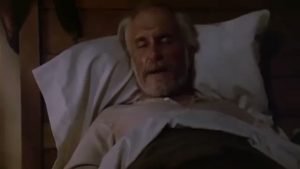 As when the Augustus McCrae in Lonesome Dove chooses to die of gangrene instead of being an amputee. “You don’t get the point, Woodrew. I’ve walked on this earth in pride all these years. If that’s lost, then let the rest be lost with it. There’s certain things my vanity will not abide.”
As when the Augustus McCrae in Lonesome Dove chooses to die of gangrene instead of being an amputee. “You don’t get the point, Woodrew. I’ve walked on this earth in pride all these years. If that’s lost, then let the rest be lost with it. There’s certain things my vanity will not abide.”
By the way, the Dark Night exists in cozies, romances, literary fiction, coming-of-age tales, in other words, fiction across the board…
Keep writing, keep dreaming, have heart
Please vote and be kind to one another out there.
Reminder: I’m teaching two virtual workshops for the Chanticleer Author Conferences on Thursday and Friday, the 17th and 18th. I’ll be talking about creating mood and atmosphere in my Between the Lines workshop Thursday, 9:30-12:30 PT. Connect Chanticleer for details here.
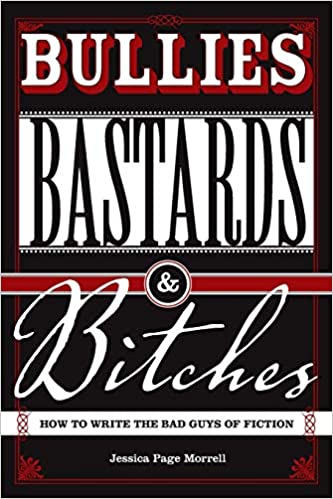

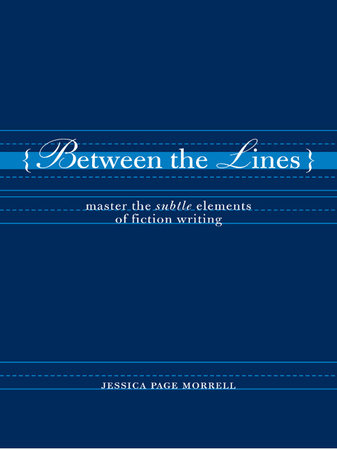

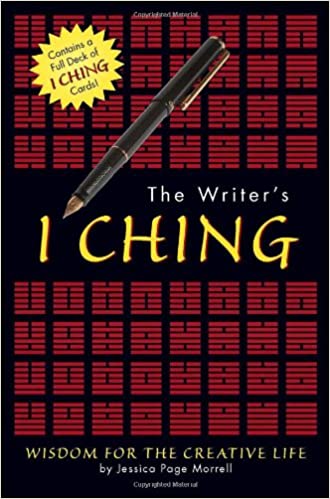
Leave a Reply